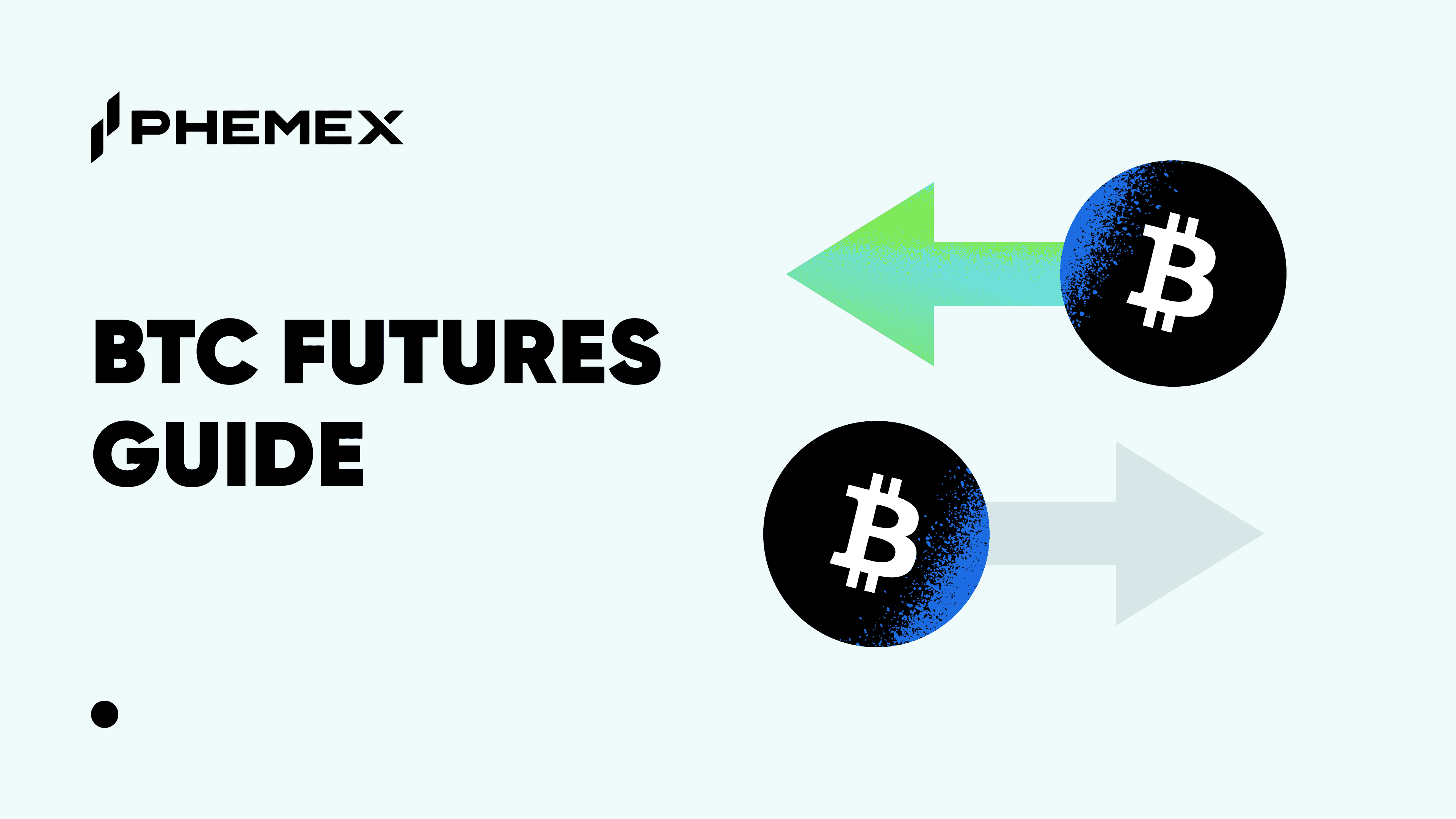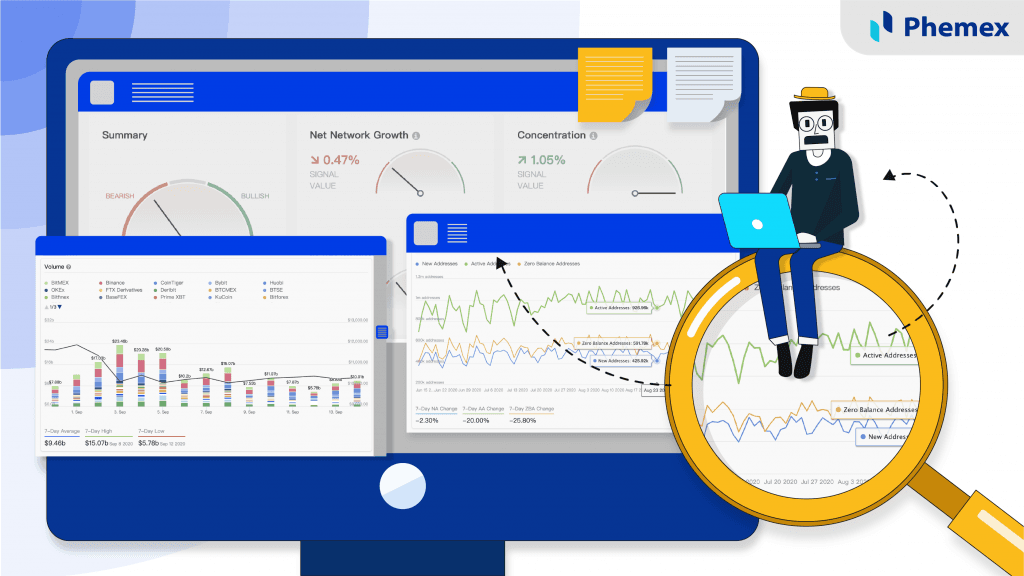While most traders consider the term “price spread” insignificant when it comes to how it impacts their overall portfolio, but it is essential towards understanding how the market functions as a whole. This is because it affects the liquidity, volatility, and price of cryptocurrencies.

What is Spread Trading?
Spread is the gap between the highest bid offer and the lowest ask offer on an order book. In simpler terms, it is the difference between the price at which people are willing to buy an asset and the price at which people are ready to sell an asset. For example, let’s say you want to buy Bitcoin. You might tell the seller you are willing to pay $37,000 for a Bitcoin. However, the seller might respond to your offer by saying they won’t sell Bitcoin for anything less than $40,000. The difference between your bid to buy Bitcoin at $37,000 and the seller’s offer to sell Bitcoin for $40,000 is called the trade spread.
How does Spread Trading Work?
In an order book, the most prominent are the following three price points:
- The highest bid price.
- The lowest ask price.
- The last traded price.
As discussed, the difference between the bid price and the asking price is the spread. Despite the last trade being made at a specific price, it doesn’t mean a transaction will occur at the same price. A major difference between the bid price and the asking price is often related to order books with low liquidity. Since each crypto exchange has its market, some can contain more liquidity than the other, therefore representing an arbitrage opportunity.
Moreover, a spread reflects the difference in the perception of the asset’s value. Along with this are traders and investors who are keen on making a profit, which is why the price fluctuates. It is what makes average market prices possible, and which allows users to make quick operations at “market price.”
How to Calculate the Trade Spread?
Now that we have covered the concept, it is equally important to know how to calculate the spread trade.
For example, if we are looking at an exchange for the BTC/USDT trading pair at any moment in time, and the lowest ask price for Bitcoin is $39,184.93 and the highest bid is $39,184.92. To calculate the spread, all we need to do is deduct the highest bid price from the lowest ask price.
Spread = Asking price – Bidding Price
Spread = $x – $y
= $39,184.93 – $39,184.92
= $0.01
Therefore, $0.01 represents the spread, which is essentially the price difference between the asking price and the bid price.
The Impact of Trade Spreads on the Crypto Market
Trade spreads affect the liquidity and price volatility of a market. The less liquid a market is, the higher its average price is, and vice-versa. A market’s liquidity is the price at which an item/asset can be sold or bought on that market instantly without affecting its price. Therefore, in case of high liquidity, the purchase is most likely to reduce the price of an item as the trade spread would be lower in a highly liquid market.
Moreover, spreads are responsible for increasing the price volatility of a crypto asset. For example, if the price of Bitcoin on one crypto exchange is higher than other exchanges, traders will start buying it from those platforms. Bitcoin can then be sold on the exchange where the price is higher in order to make some profit. This will result in a dump, leading the price of Bitcoin down.
Benefits and Risks of Spread Trading
Benefits of Spread Trading
Spread trading presents arbitrage opportunities to investors and traders. A price spread can be taken advantage of by buying an asset at a lower price from one exchange and selling it on other exchanges. Popularly known as arbitrage trading, it has been taken advantage of by intelligent traders who know how to benefit from price spreads. However, an investor must transfer said funds before their prices have caught up between certain exchanges.
Risks of Spread Trading
Although spread trading sounds appealing, it is not bulletproof and has risks. First, traders should know how to identify correlated pairs of cryptocurrencies. It means they should understand their market value and price movements. Second, timing is essential. An underlying pair needs to be liquid enough so a trader can act instantly when the price gap disappears. Finally, though the crypto market is highly volatile, there is no guarantee that the price will reconverge. The costs may or may not correlate again. All investments carry risk, and cryptocurrencies are even more volatile than the stock market.
Read More
- What is Bid-Ask Spread: How it Keeps Crypto Markets Efficient
- What is Spot Trading & How does it Work?
- Crypto Trading vs. Investing: Key Differences Explained
- Crypto Gap Trading: What Does Gap Up and Gap Down Mean?
- Slippage in Crypto: What Is It and How Can It Be Managed?
- How to Measure Liquidity and Use It to Make Trading Decisions?
- What are Crypto Cross Trades: Marginal or Mainstream?
- Day Trading Crypto for Beginners: Get started with Day Trading







